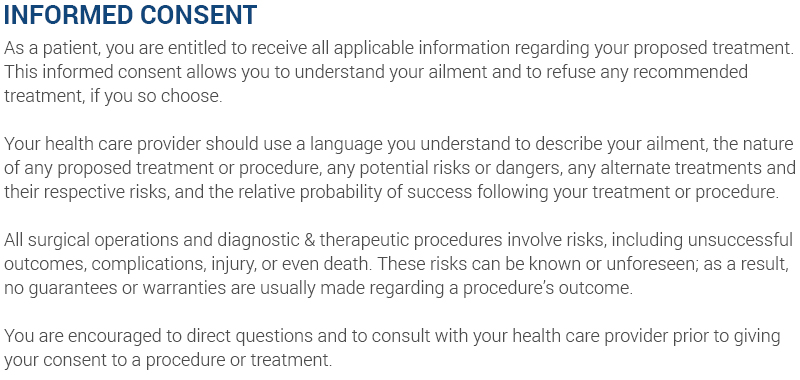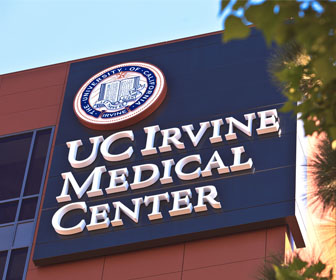During distal splenorenal shunt, the splenic vein is detached from the portal vein and then reattached to the renal vein.
Also Known As:
- DSRS
- Hypertension surgery
- High blood pressure surgery
Conditions Treated with Distal Splenorenal Shunt:
Distal splenorenal shunt is performed in cases of portal hypertension.
Non-surgical alternatives to distal splenorenal shunt include beta blockers, blood pressure medications, dietary changes, endoscopy to control bleeding varices and transjugular intrahepatic portosystemic shunt. A liver transplant is a surgical alternative to the procedure.
Anesthesia with Distal Splenorenal Shunt:
Distal splenorenal shunt is performed under general anesthesia, which means that the patient is asleep and completely unaware during the procedure.
Potential Complications from Distal Splenorenal Shunt:
Possible risks following distal splenorenal shunt include infection, bleeding, incisional hernia and a negative reaction to the anesthesia. It is also possible to experience organ injury and for ascites to accumulate in the abdomen.
Prognosis after Distal Splenorenal Shunt:
The prognosis for a positive end result following distal splenorenal shunt is good.
Recovery from Distal Splenorenal Shunt:
Total recovery from distal splenorenal shunt takes four to six weeks.



.jpg&h=350)
.jpg&h=343)




.jpg&w=300&h=320)
.jpg&w=300&h=320)
.jpg&w=300&h=320)















